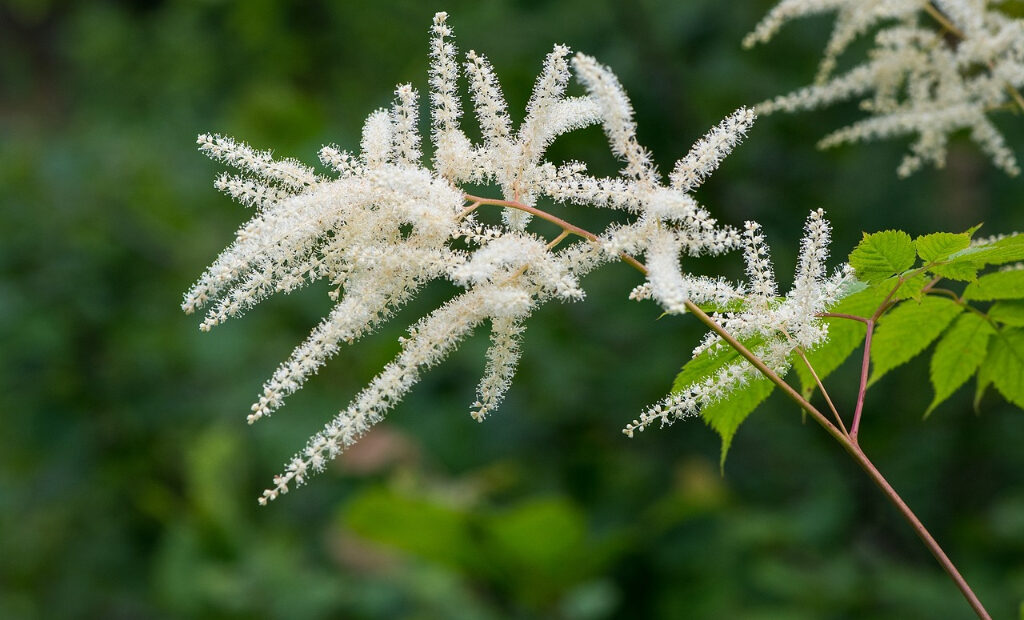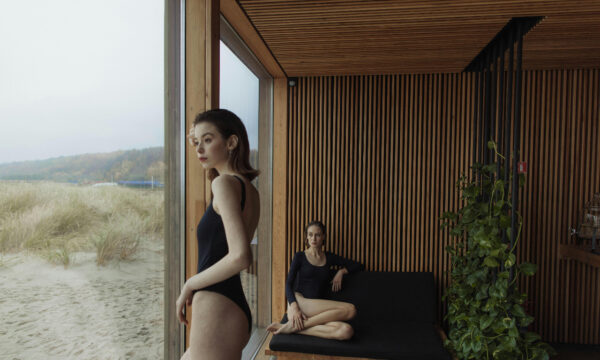The diversity of Astilbe: How to choose and take care of it

The parade of spring-blooming perennials usually ends with the last peonies. The summer season is officially opened with the magnificent Astilbe. The Astilbe genus has about 30 species and most of them have been decorating gardens for a long time. On their basis, more than 400 varieties of different colours, timing and flowering intensity have been created. This article discusses this amazing plant in more detail.
Astilbe in garden decoration
Astilbe is a shade-loving plant, which means that its company will be lilies, irises, various hosts, etc. It occupies a central place in the shady corners of the garden. It harmoniously complements the rocky hills, coastal landings and a natural garden, especially if there is a pond or an artificial reservoir. A frequent design decision is a flowerbed created from only a few varieties of Astilbe. During the flowering time, such a flower bed makes an indelible impression!
A huge variety of Astilbe can be found in various flower markets and online stores. It’s recommended one pays attention to the following varieties.
1) Thunberg Straussenfeder is a tall variety that reaches one metre in height with its large salmon-pink inflorescences up to 25 cm, that looks very delicate due to their drooping tips. It blooms in mid-July and pleases with its flowers for about 20 days.
2) Visions in Red is a medium-sized flower that reaches a height of about 50cm during the flowering period. The plant blooms in mid-July with dark red or even purple inflorescences.
3) Arends Bressingham Beauty is a plant with tall carved dark green leaves and pink inflorescences about a metre in height.
4) Peach Blossom is an early flowering variety that throws out its pale pink lush inflorescences in mid-June. During the lowering, the bush rises 60cm in height.
How to take care of Astilbe?
In wild nature, Astilbe grows in forests and along the river banks. Keeping tht in mind, it is very easy to understand exactly what conditions are needed for this plant and therefore, its lush and long-lasting flowering:
1) The best place for Astilbe is in the shade. Some species can grow in a sunny location, but the flowering period and colour intensity change as well.
2) The main condition that must be met when planting is to choose moisture-absorbing soils. If the soil in a garden does not meet these requirements, it is easy to create it artificially with regular watering.
3) Regular and obligatory watering is a very important rule for the successful cultivation of Astilbe.
4) Astilbe begins to be fertilised with nitrogen mixtures in the spring and then with potash fertilisers during the flowering, finally, it is worth completing feeding at the end of flowering with phosphorus fertilisers.
5) Astilbe grows in one place for 5-7 years, after which it requires transplantation. It perfectly tolerates transplanting throughout the growing season.
The editorial unit

























Facebook
Twitter
Instagram
YouTube
RSS